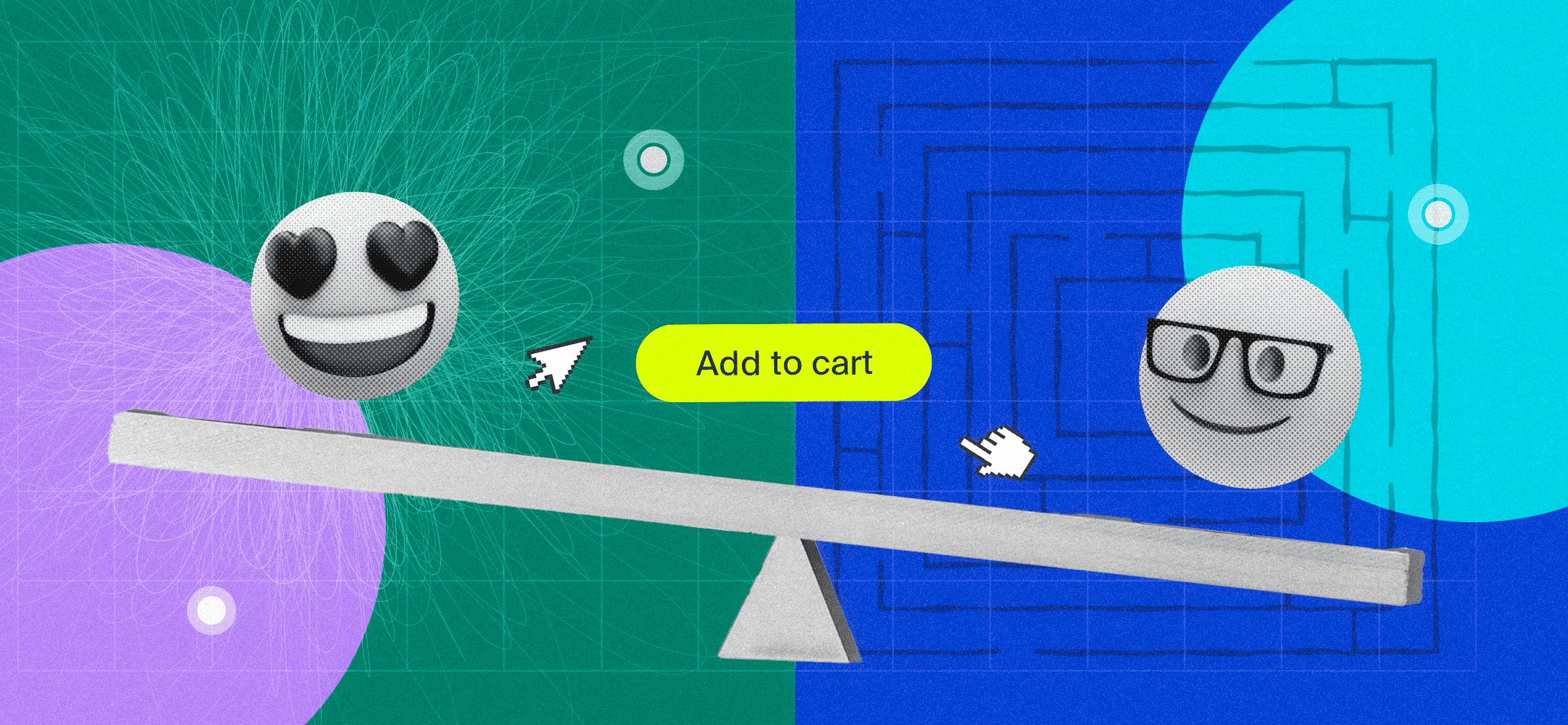
Business
No More Excuses: Correcting Three Common Misconceptions about B2B Ecommerce, Part 2
The second in a three-part series.
Despite the massive opportunity ahead in ecommerce for business-to-business (B2B) organizations—an estimated $3 trillion by 2027—some B2B companies are still dragging their feet in selling online. With so much at stake, we’re considering the three main excuses we’ve heard from B2B ecom skeptics—and offering some reality on why, with respect, we think they’re dead wrong.
Part One busted the myth that business buying and consumer buying are fundamentally different. Now, in our second installment, we consider the excuse of emotion.
Excuse #2: Ecommerce is fine for emotional consumers, but B2B purchases are purely rational.
We have no doubt that online consumer purchases are often driven by emotion. The business-to-consumer (B2C) ecommerce experience is often so quick and easy, impulse buys can be hard to resist. Many of us are still digging out of the Great Cardboard Deluge of 2020, and we blame our emotions—be they fear, boredom, or good old-fashioned FOMO.
Of course, consumer purchases can come from a positive place too. A one-click order of a Patagonia vest makes us feel instantaneously like we’re helping save the planet (shipping fuel and packaging be damned). Many of us have found joy in spreading electronic generosity toward small businesses, whether in our own neighborhoods or others around the world.
In contrast to these heart-driven consumer purchases, ecom skeptics say, B2B transactions are all about the head. These customers have scores of professionals and departments weighing in, most prominently the good folks in Procurement. Their decisions require practical details and steely calculations, not the whims of a late-night wine-fueled Amazon spree.
The doubters aren’t wrong about the more complex processes lurking within B2B purchases, but their emotional calculations are off.
Reality #2: Most B2B purchases are emotional too—the emotions are just different.
Remember, these decisions are still made by people, and many of them are just as much Captain Kirk as they are Mr. Spock.
Yes, they need clear and easy ways to understand the practical basics of a purchase. It’s their responsibility to ensure their employer procures goods and services that work as advertised and retain good value over time—all at a reasonable price.
But those calculations also involve an emotional dimension: the sensitivity to risk. B2B purchasers may be spending company money rather than their own, but it’s still their reputation on the line. So their decisions require the mitigation of risk and all the emotions bundled within it, from the agony of making a mistake to the ecstasy of finding a great deal.
Deliberate browsing and frictionless purchasing do not have to be mutually exclusive. A thoughtful ecommerce experience can arm B2B purchasers with everything they need to mitigate risk and, by extension, regulate their emotions. It helps these buyers build the business case they need to justify their decisions up the chain.
That means providing voluminous detail and specs for every product on the site, no matter how small. Setting clear expectations on product availability, delivery timing, and ongoing support when needed. And in some cases, providing digital tools that help virtually test products before a purchase, or calculate their long-term value framed by total cost of ownership.
Again, the technology to enable such research has come a long way over the last quarter century. It’s ready to deliver those details on behalf of B2B sellers invested in providing them. A growing raft of successful B2B ecommerce pioneers are proof that the right digital approach can satisfy both the curiosity of the head and the anxiety of the heart.
Click here to read part 3.
Drop us a line
ALL FIELDS REQUIRED







